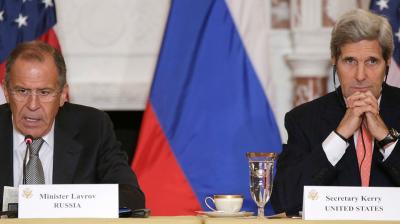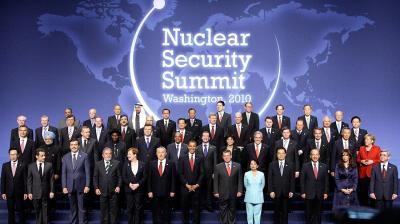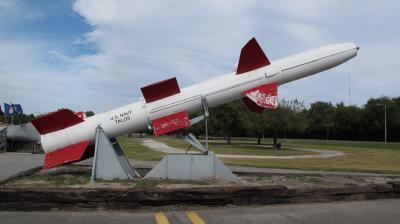States' motivations to acquire or forgo nuclear weapons
This article, fully titled States’ Motivations to Acquire or Forgo Nuclear Weapons: Four Factors of Influence, was published in the peer reviewed Journal of Military and Strategic Studies.
Since the invention and first use of nuclear weapons in 1945, predictions on the proliferation of these weapons have traditionally been overestimating. Despite all gloomy forecasts, only nine states nowadays are considered to possess nuclear weapons: the United States, Russia, China, the United Kingdom, France, Israel, India, Pakistan and North Korea. Although more states have operated nuclear weapons programmes at some point in the past 65 years most of them sooner or later gave up their ambition to acquire these weapons. Taking into account the historical trends, it looks like political and academic forecasts even nowadays tend to be overemphasizing the risks of further proliferation of nuclear weapons in the near future, for example by predicting nuclear domino effects if new nuclear weapons powers would arise and cause other states to develop nuclear weapons as well.
The difficulties in forecasting nuclear weapons proliferation can be explained by one key factor: it is still unclear among academics and policymakers why exactly states start nuclear weapons programmes or refrain from them. What makes nuclear weapons attractive or unattractive to the leadership of any state? True, many theories exist. The problem with all existing theories on motivations for states to acquire or not to acquire nuclear weapons is that supporting evidence may be found, but opposing evidence as well. When studying nuclear weapons (non-)proliferation, one could consider any state in the world as an individual case, each with its own international and domestic circumstances, and with all the changes herein during history. It is, therefore, not surprising that specific explanations of nuclear behaviour are repeatedly considered inadequate because they fail to account for all cases – currently more than 190 states.
Without understanding what are the motivations of states to aim for or refrain from acquiring nuclear weapons, it is not only complicated to forecast nuclear proliferation dynamics, but even more important: it becomes difficult to develop policies aimed at influencing these dynamics – there is a risk of treating the symptoms while ignoring the disease. This article aims at contributing to answering this key question in the field of nuclear weapons proliferation: why do states wish for nuclear weapons – or not? This will not be achieved by developing a new theory, but by increasing the insights in the large amount of existing theories on nuclear proliferation motivations. For this purpose the many theories developed in the past decades will be grouped into four overarching groups. This analysis could be helpful to future researchers and policy makers who got lost in the current richness in theories and their critics.







